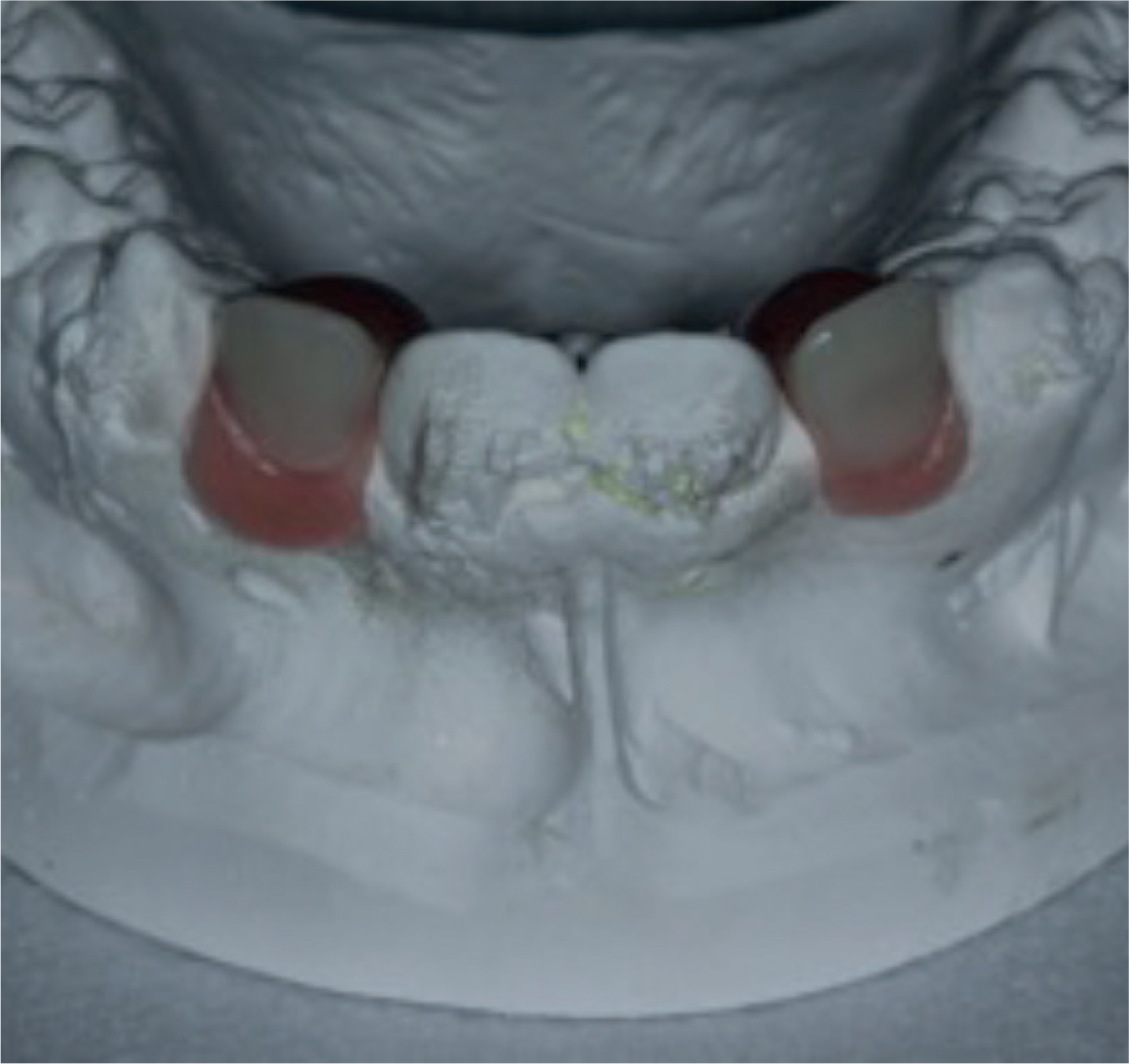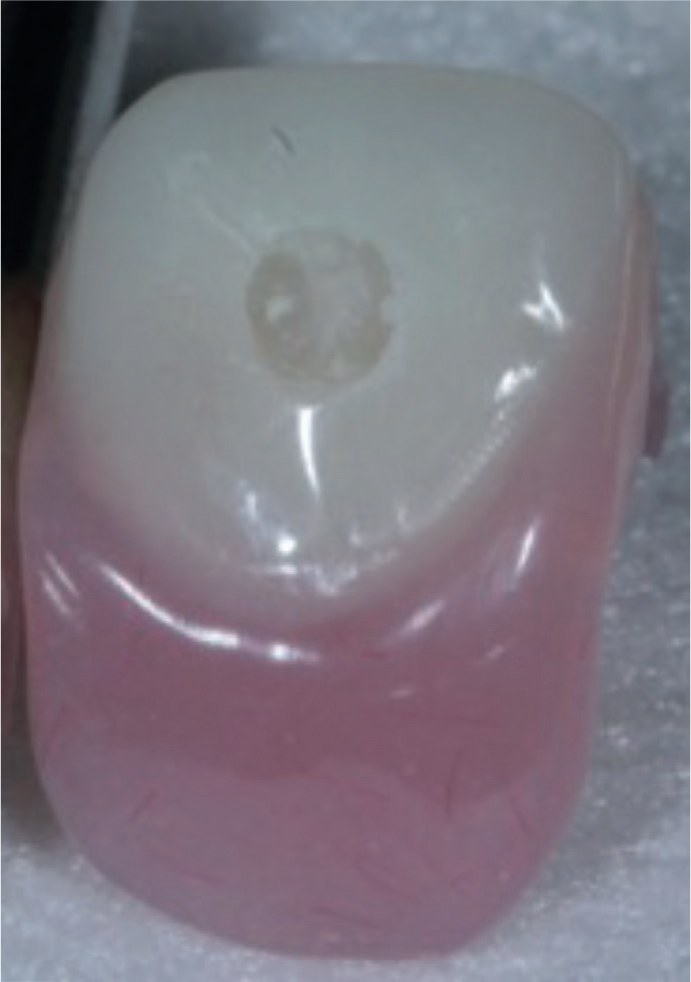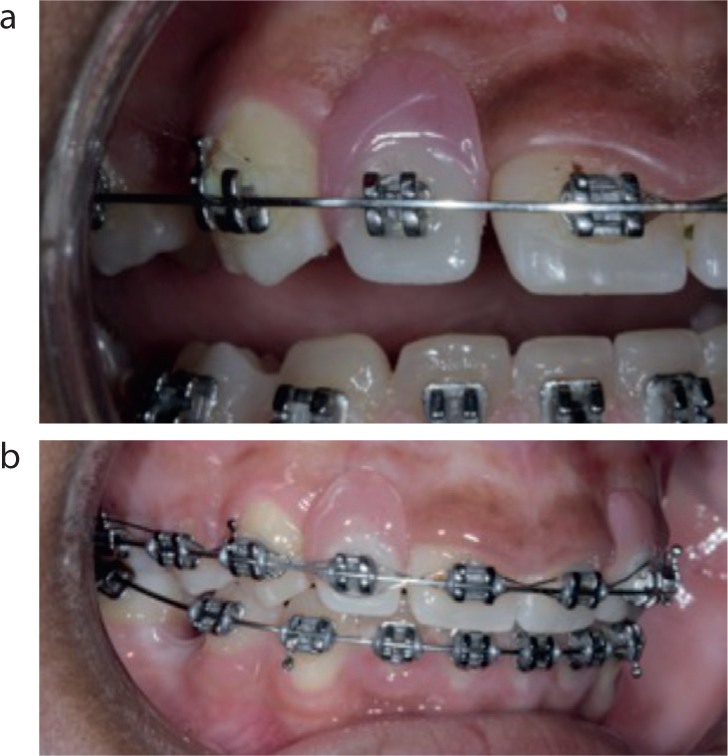Abstract
CPD/Clinical Relevance: The reader will learn a method for dealing with the potential for breakages in pontics tied into archwires.
From Volume 17, Issue 2, April 2024 | Pages 82-83
CPD/Clinical Relevance: The reader will learn a method for dealing with the potential for breakages in pontics tied into archwires.

In cases of missing front teeth, having a pontic on the arch wire improves the patient's confidence and is also useful for prosthetic planning. Additionally, if the pontic is aesthetic, then it confirms the space created is ideal.
Common practice for adding a pontic to an archwire involves taking an impression and requesting the lab to produce a pontic of a particular size and shade. The clinician or the lab then attach the bracket to the pontic, and it is tied into the archwire
This method may work quite well, but other times it causes repeated breakages, with the patient having to return to the clinic each time. The reason for these repeated breakages is often instability. The pontics have no gingival support, so when an occlusally directed force occurs, the wire rocks and the pontic can easily debond. Composite resin is strong in compression but weak in tension, therefore any shearing force will cause it to debond easily. Secondly, the lack of gingival support allows the pontic to swing around the wire, especially on undersized wires.
To counteract these problems with pontics, the following clinical tip is proposed.
Request a pontic from the lab with a labial and palatal flange. Ensure there are no interproximal undercuts otherwise it will not seat correctly (Figure 1).

Cut a retentive undercut prep into the labial surface of the pontic. This will allow the composite flow into the undercut for maximum mechanical retention (Figure 2).

Fit the pontic onto the ridge and use the archwire to locate the bracket so that the bracket is in the ideal position to allow the flange to fit against the ridge. Use bonding agent and plenty of composite to allow it to flow into the undercuts then wipe away the flash (Figure 3).

Owing to the gingival acrylic, the pontic is supported in occlusion and wil not rock around the archwire. The increased stability also allows the pontics to be used on less rigid wires and gives a natural look.